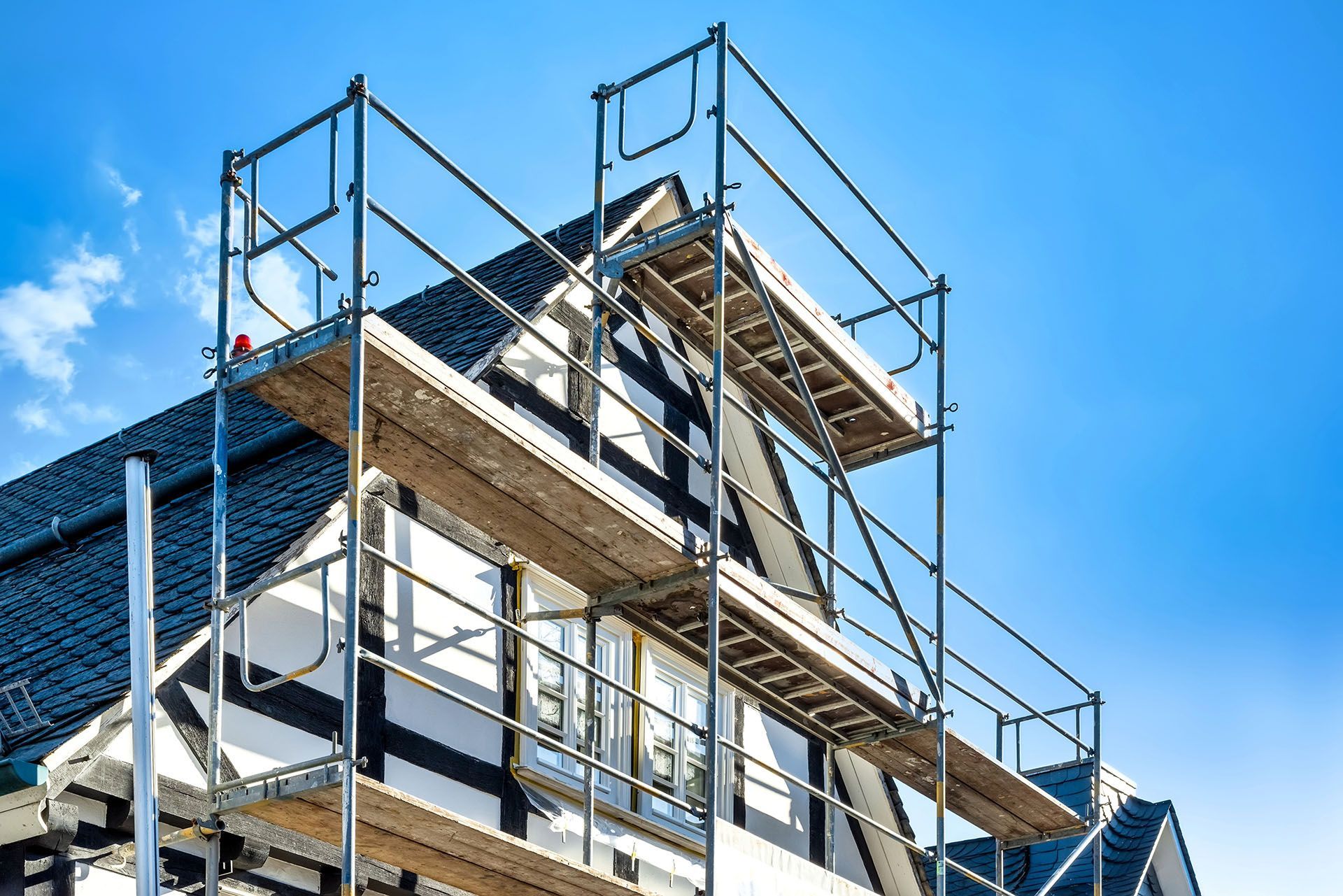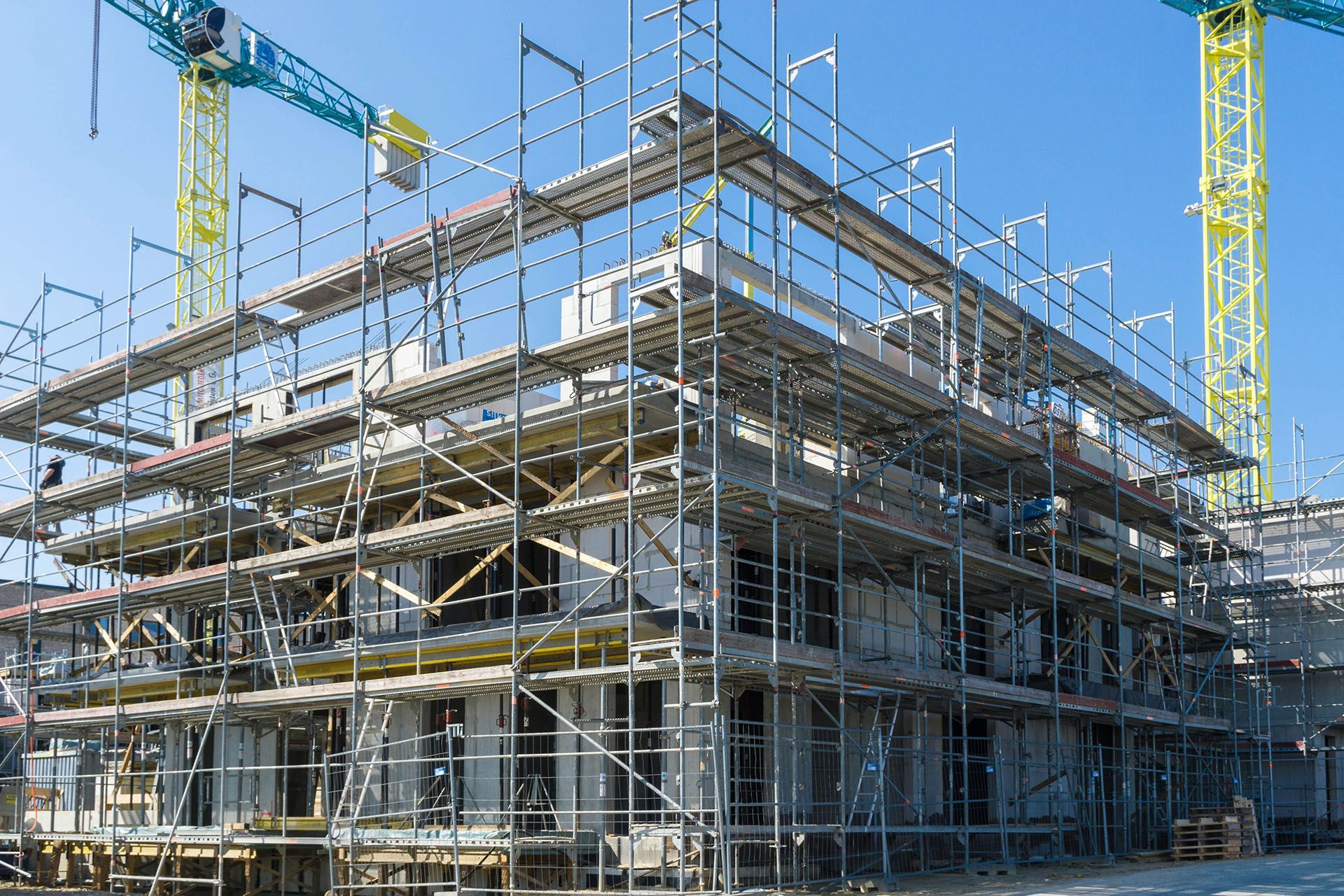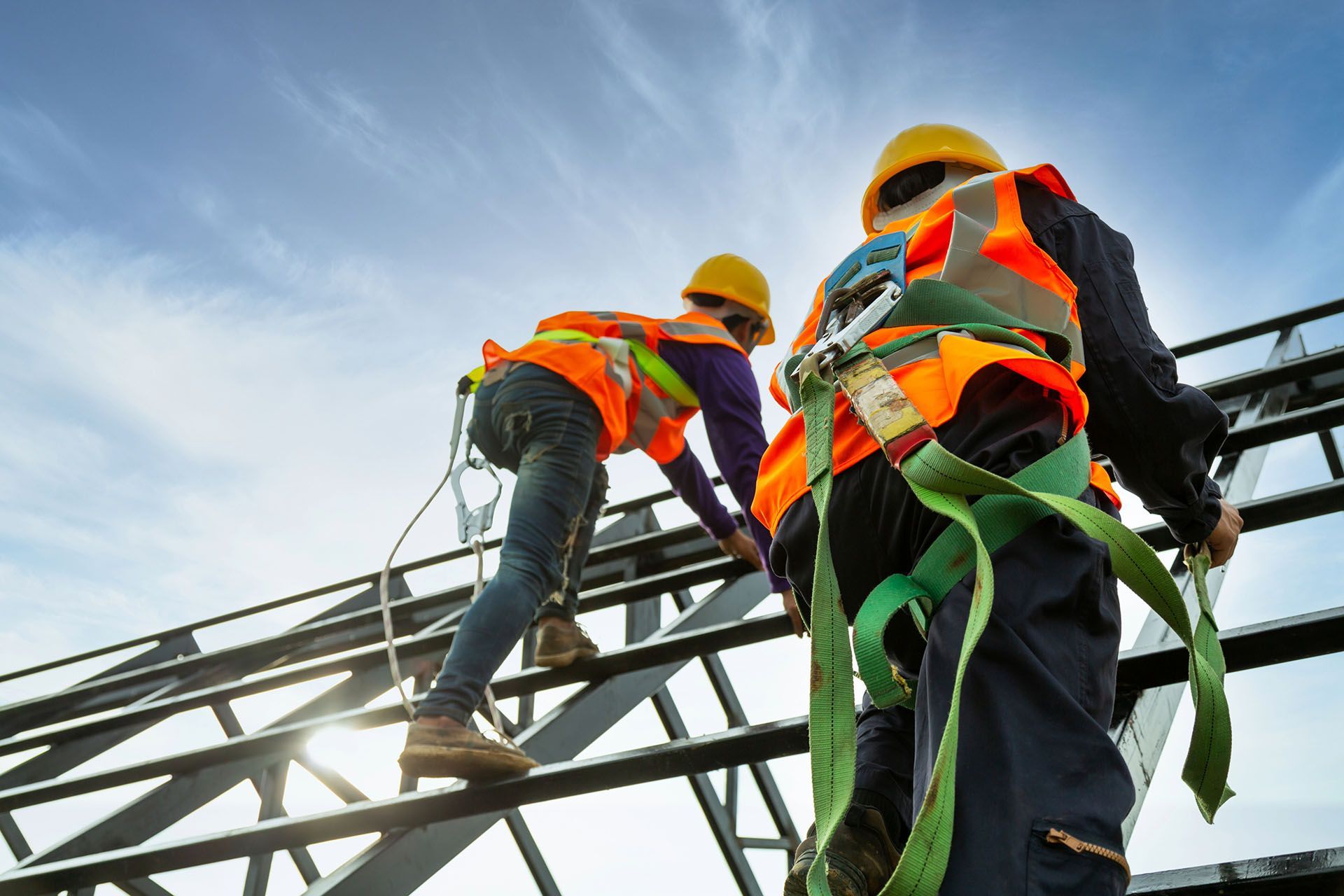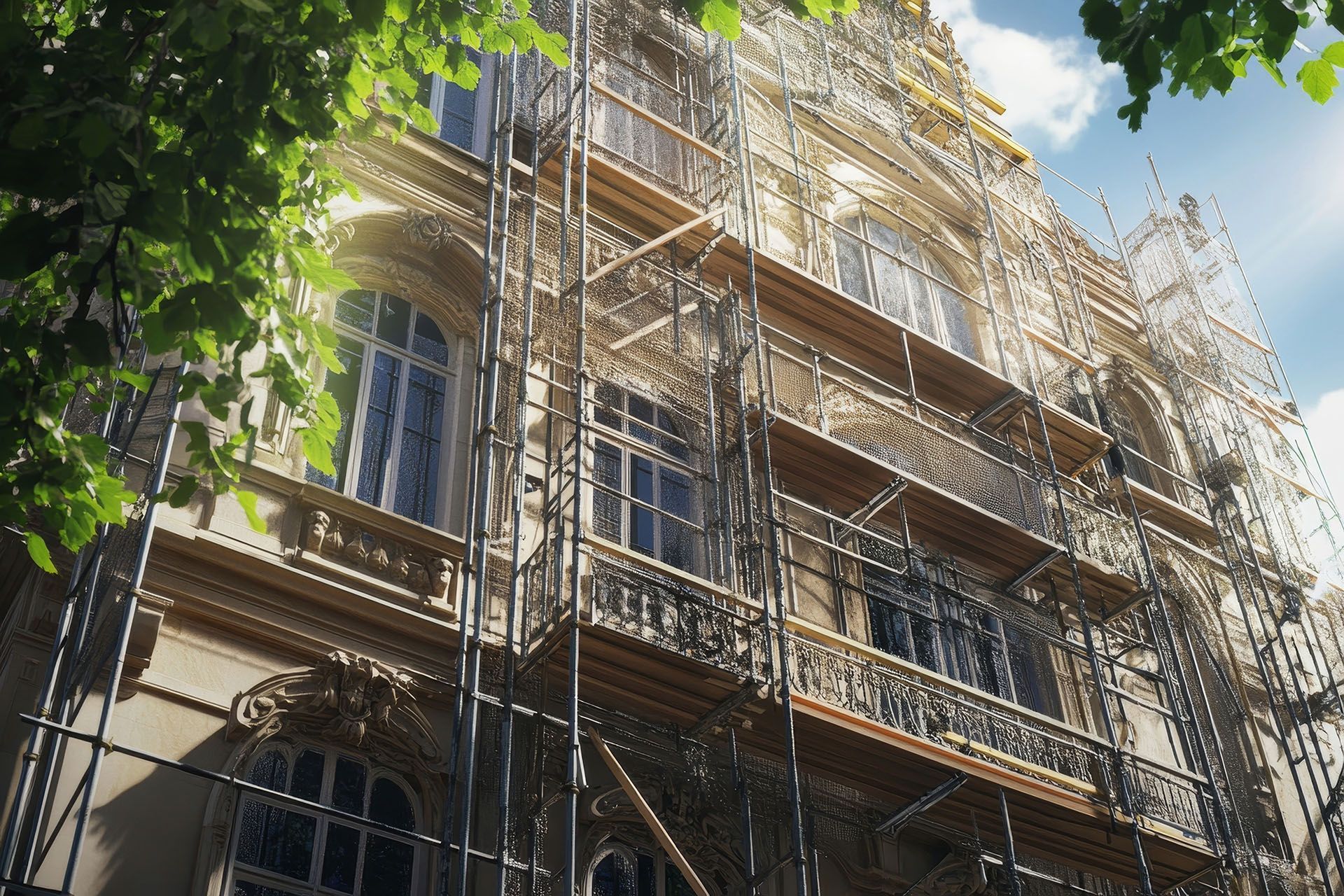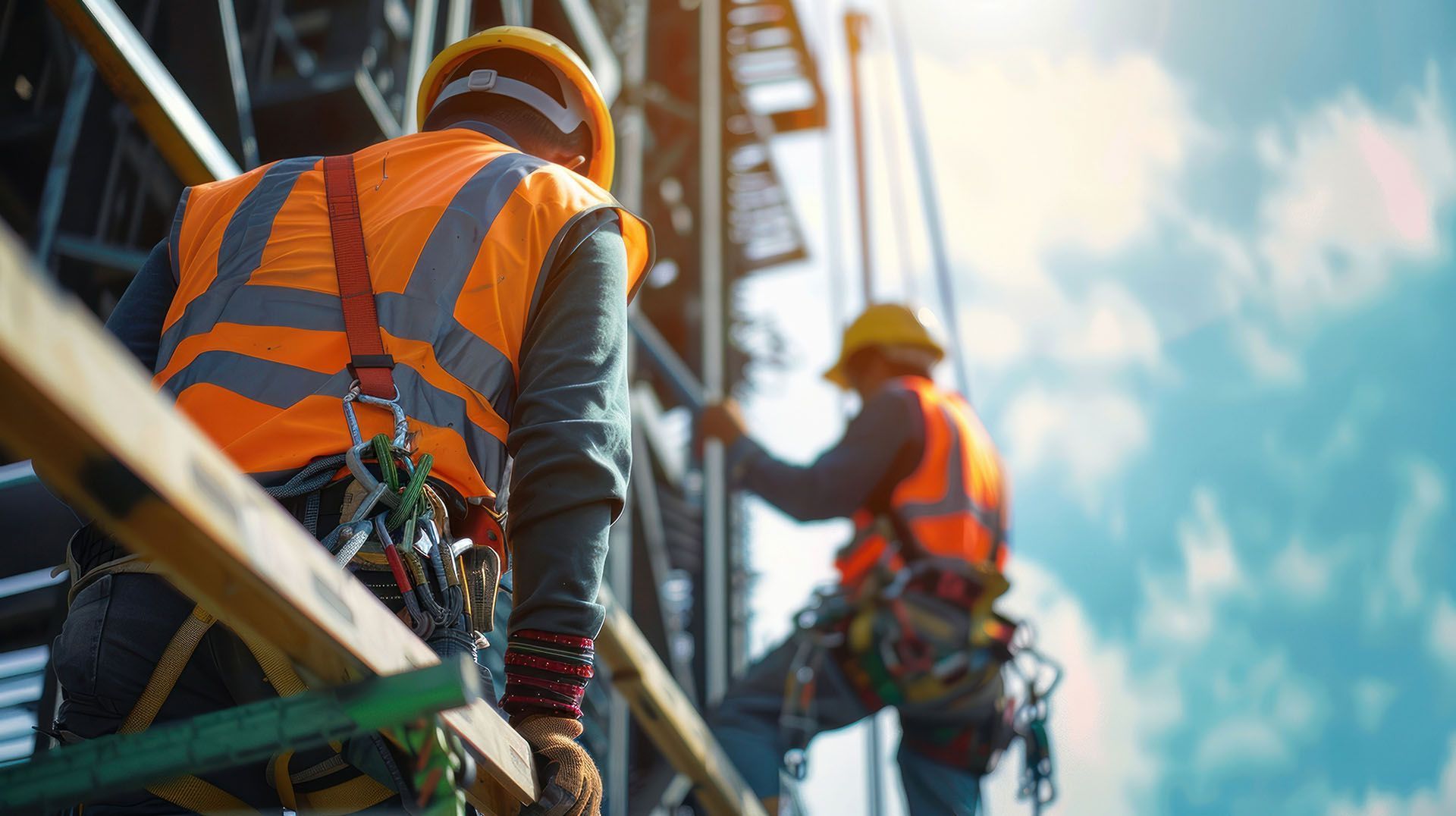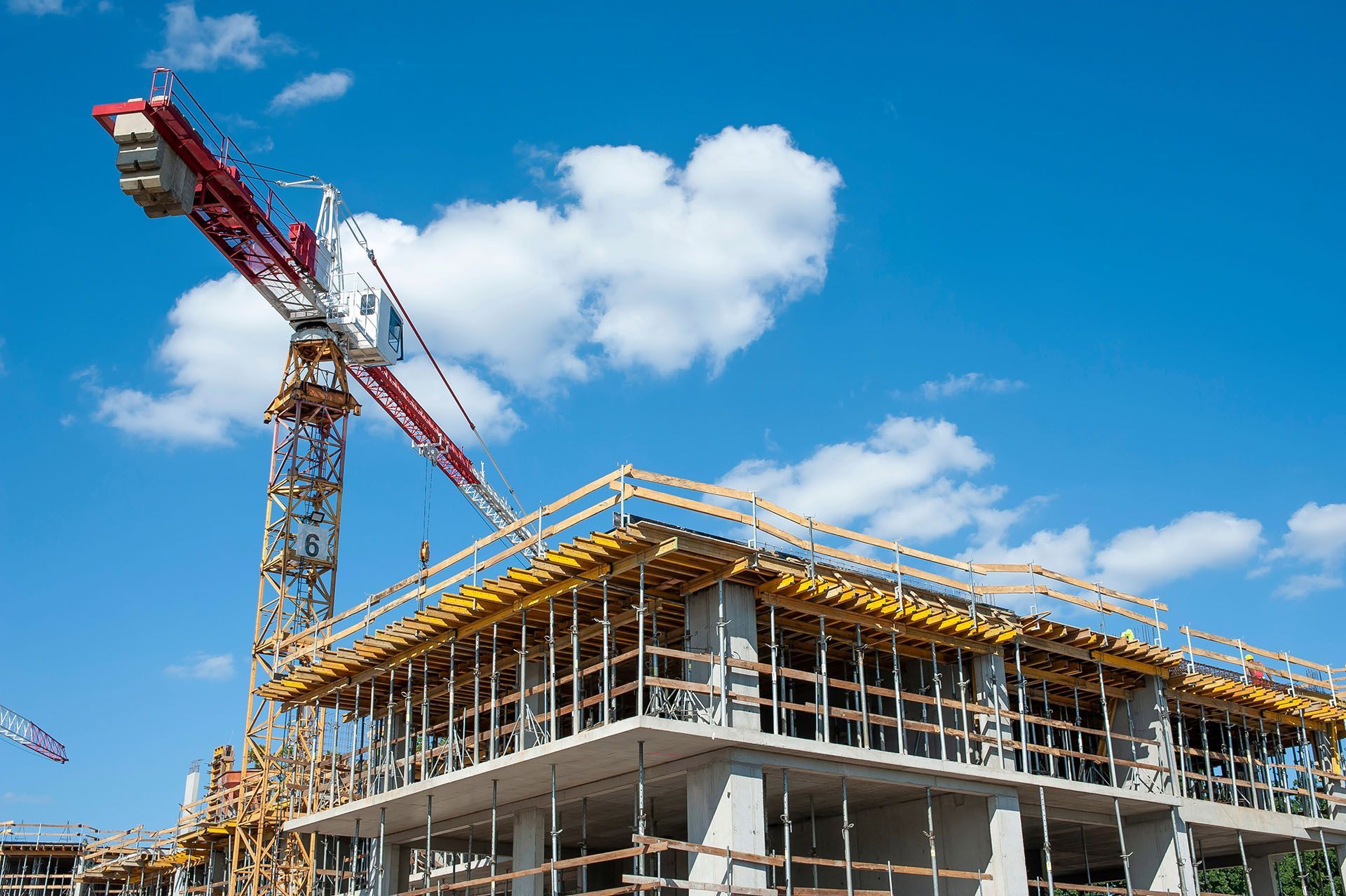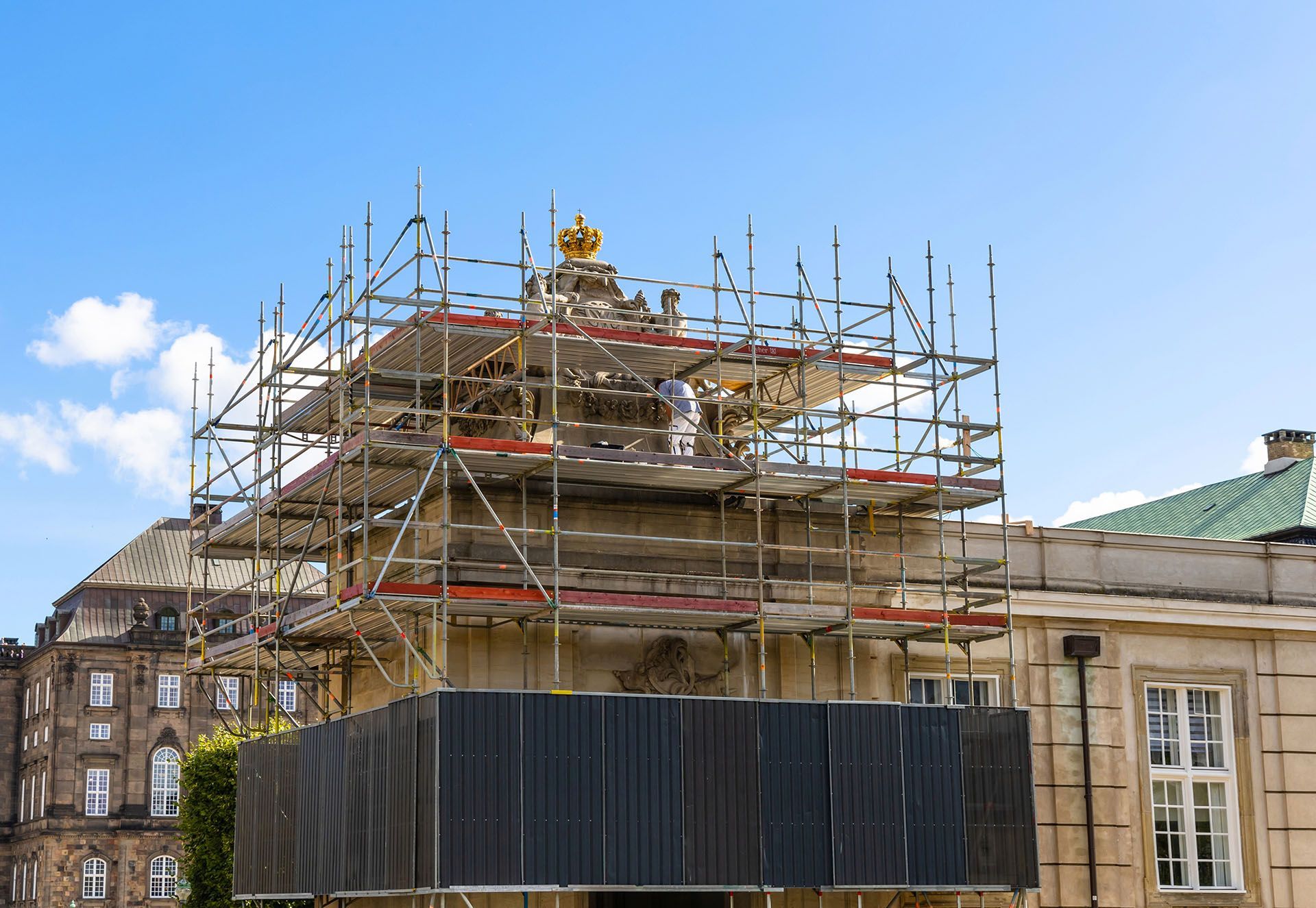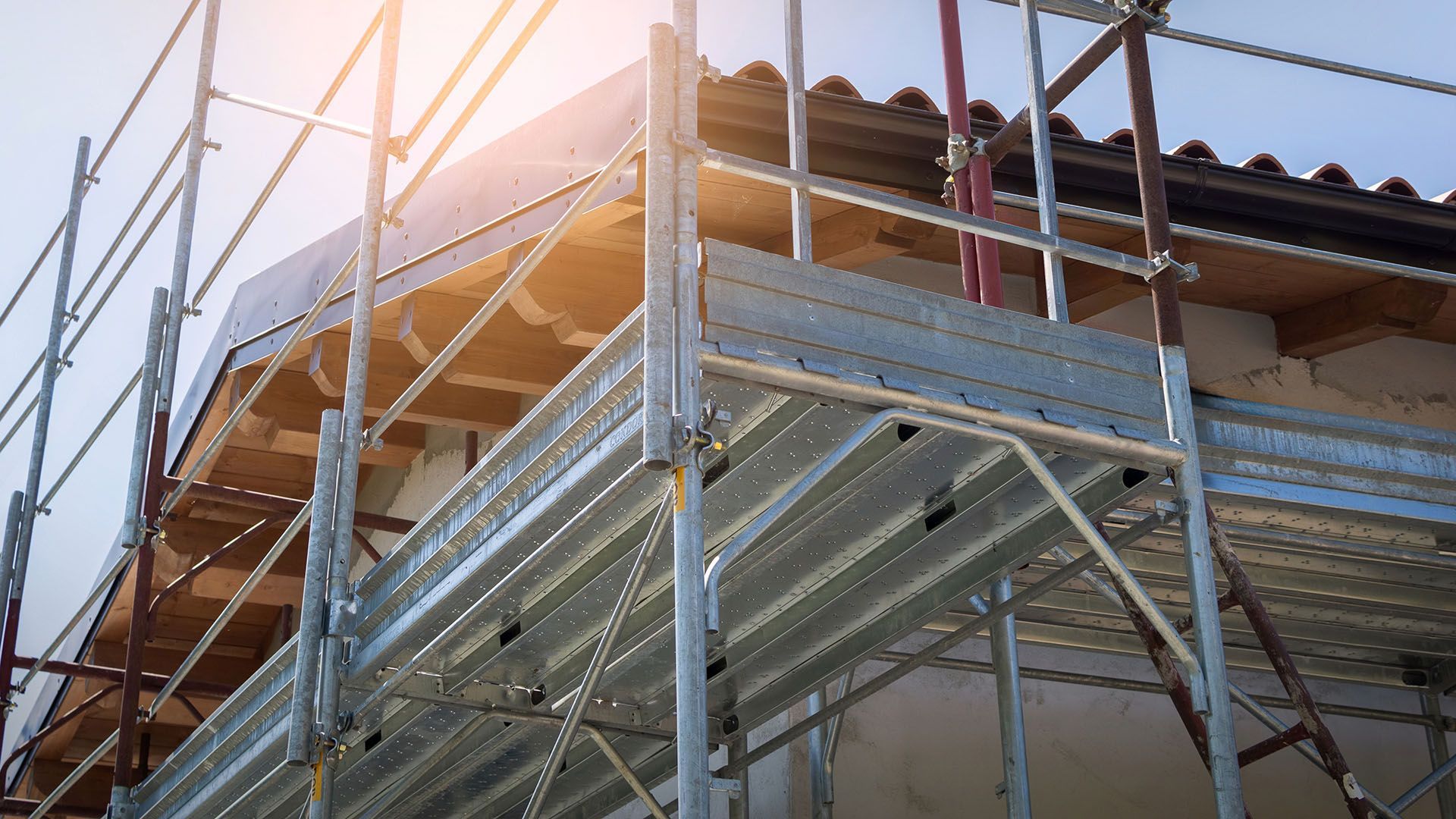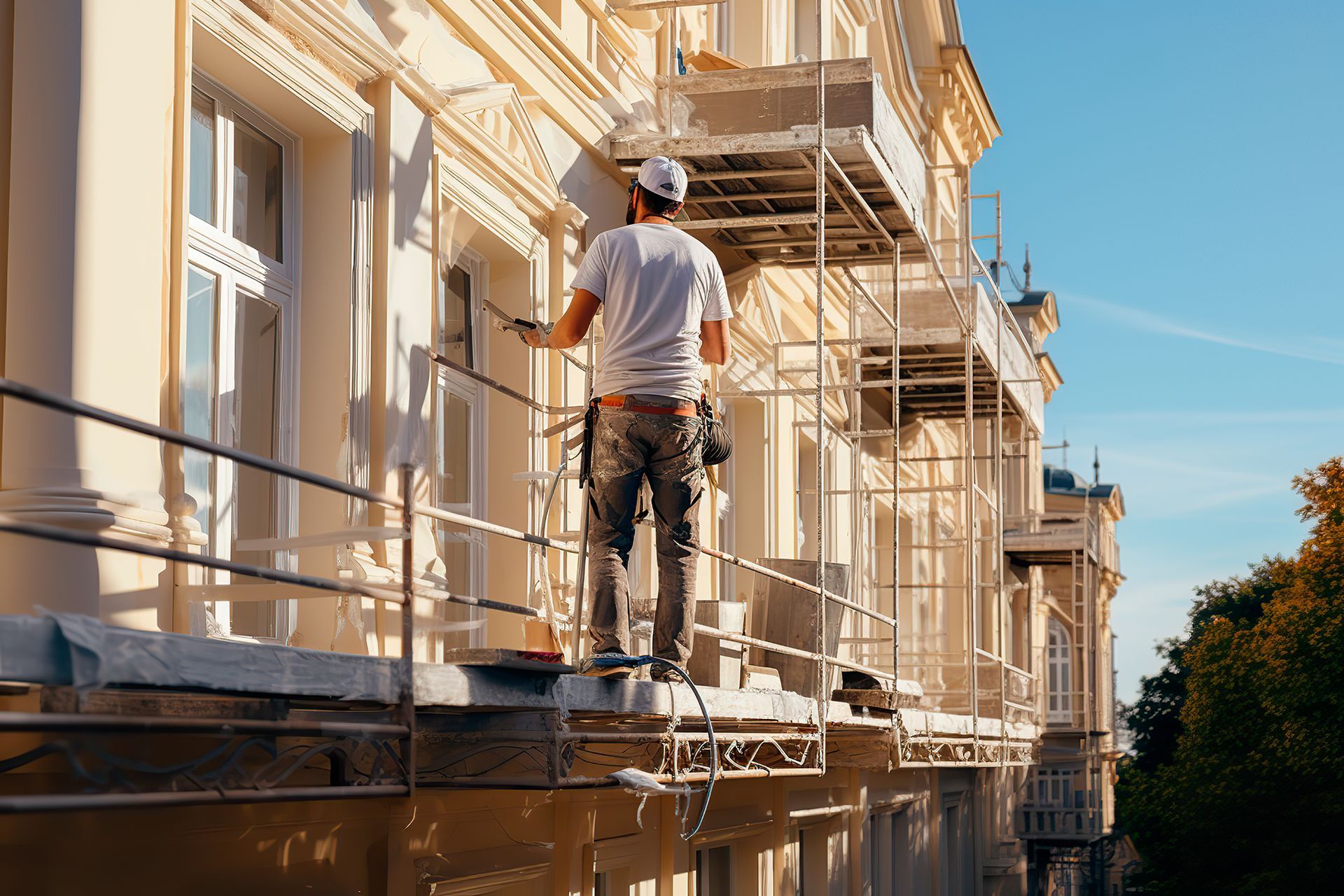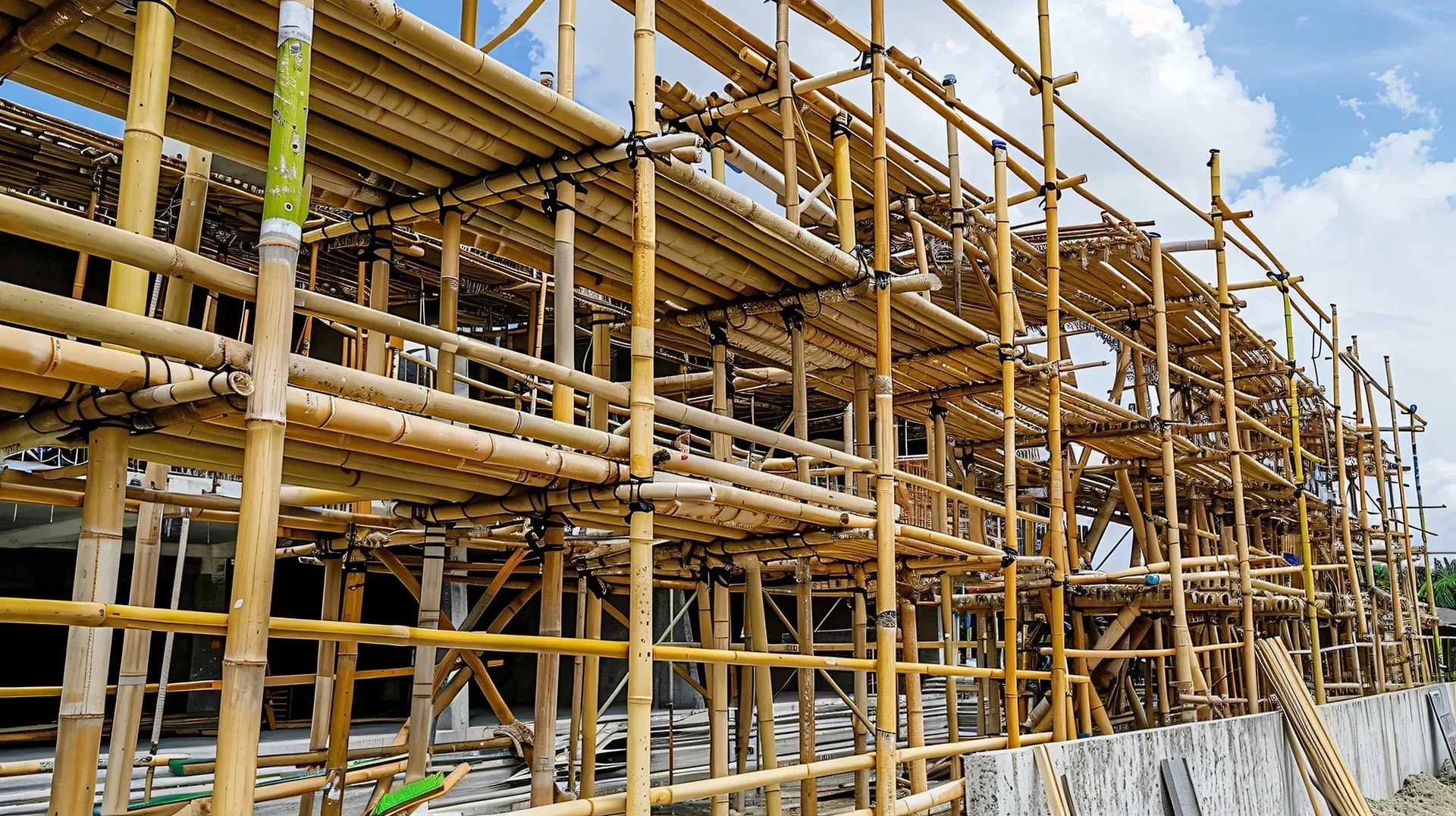10 Types of Scaffolding You Might Need for Your Building Project
Looking for a trusted scaffold hire company in Wollongong? Your search ends here. Crewscaff offers top-notch quality scaffolding services for residential, industrial, and commercial projects.
Scaffolding involves a complex framework that enables contractors to build and maintain structures securely.
In any construction project, it is important to use the right type of scaffolding to ensure that it is strong enough to support workers and their materials, and also to promote optimal safety.
If you have an upcoming project, knowing the different types of scaffolding can be beneficial not only for you but for the entire team.
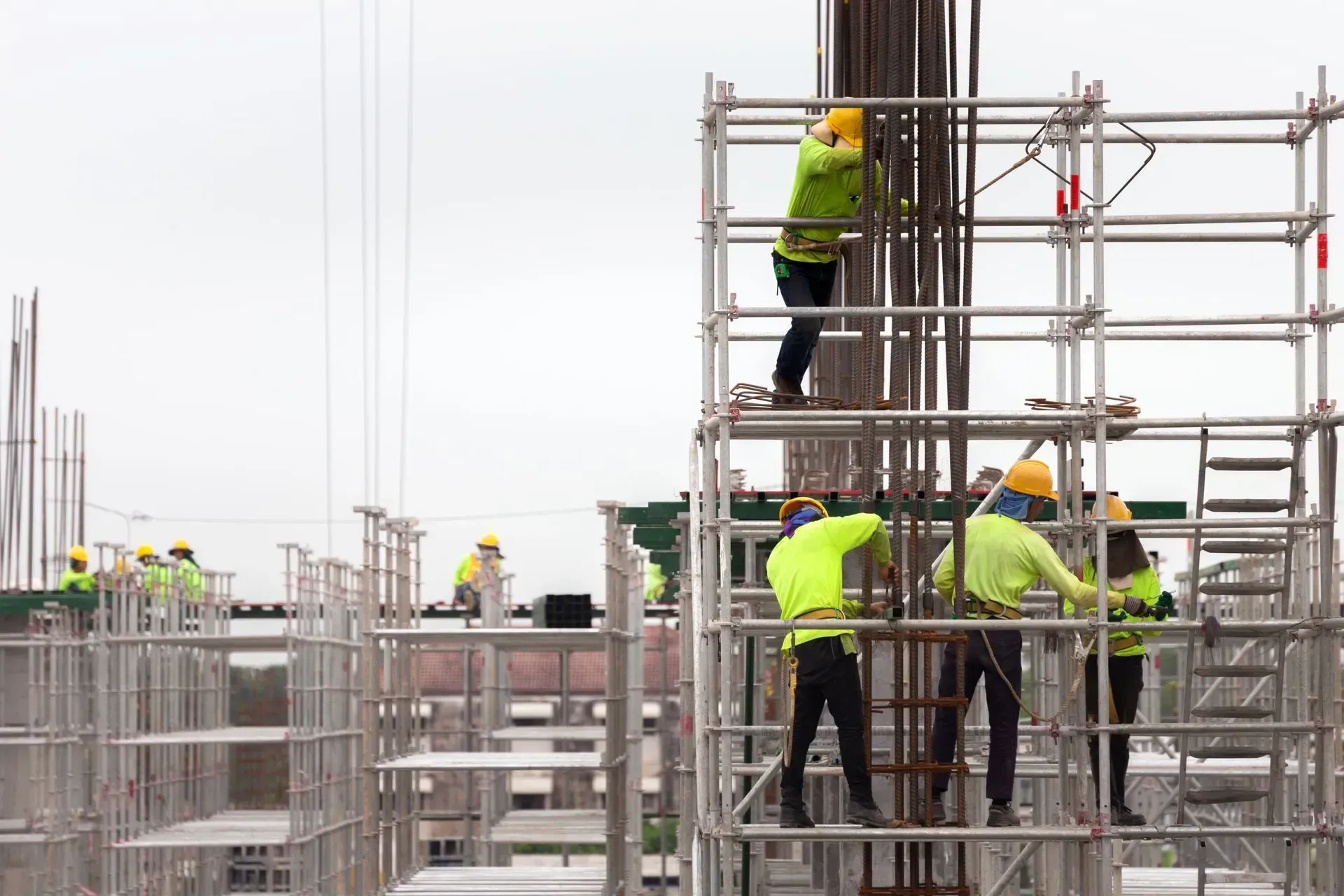
In this article, we will discuss what scaffolding is, the various types used in the construction industry, and which types of jobs often use scaffolding.
What is Scaffolding?
Scaffolding is a temporary structure that is often used in various construction projects. Typically, scaffoldings are made using various construction materials such as wood, pipes, and steel tubes. This temporary structure serves as a working platform for construction workers to move around the construction site safely while working at an elevated height.
To make sure that they are sturdy, stable and strong enough to support the weight of construction workers and the materials placed upon them, most construction sites use scaffoldings that are made out of timber and steel. Most importantly, they must be erected by a qualified scaffolder.
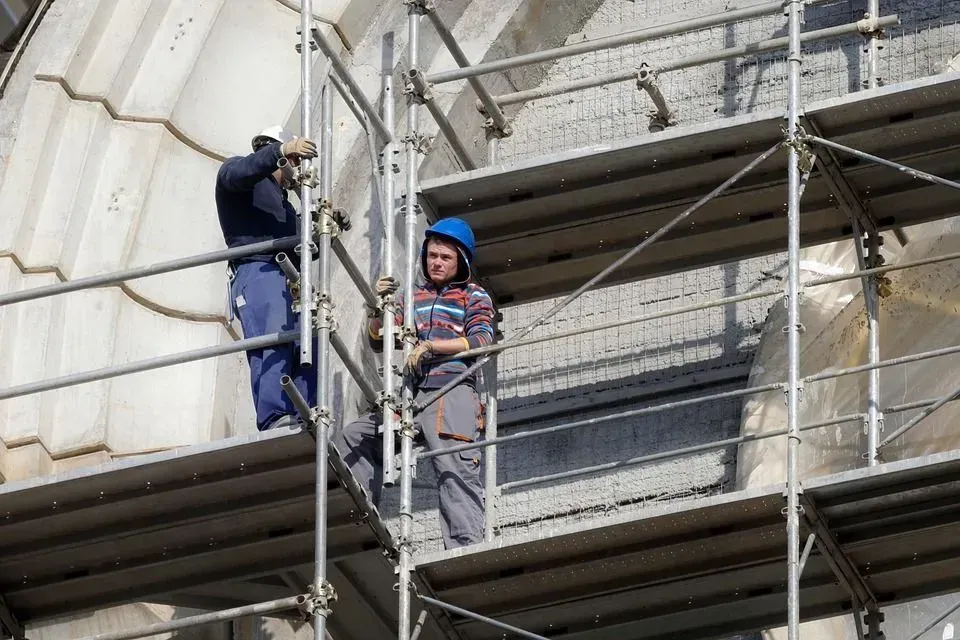
For larger projects requiring added expertise and reliability, opting for professional scaffolding for hire may be the best option to guarantee utmost safety and efficiency throughout the duration of the construction project.
What Are the Different Types of Scaffolding in Construction?
Scaffolding is a crucial component in construction. Depending on the particular requirements of a construction project, construction workers use several scaffoldings, each of which normally has its own distinct properties and advantages.
Here is a list of the different types of scaffolding together with their uses.
1. Single Scaffolding
Among the different types of scaffolding, single scaffolding, often called brick layer's scaffolding, is generally used for brick masonry. It consists primarily of the standards, ledgers, putlogs, and other scaffolding components.
- Standards refer to the vertical supports that are added to the single scaffolding system to stand in parallel to a building's wall. In order to stand firm, the distance between the standard and the wall should at least be 2 to 3 meters.
- Ledgers, on the other hand, refer to the vertical supports that are attached to the standards at a straight vertical angle. Ledgers connect the standards at 1.2 to 1.5 m vertical intervals.
- Putlogs are the openings in a building or other structure where the single scaffolding is connected for support. Basically, the putlog connects the ledger to the wall.
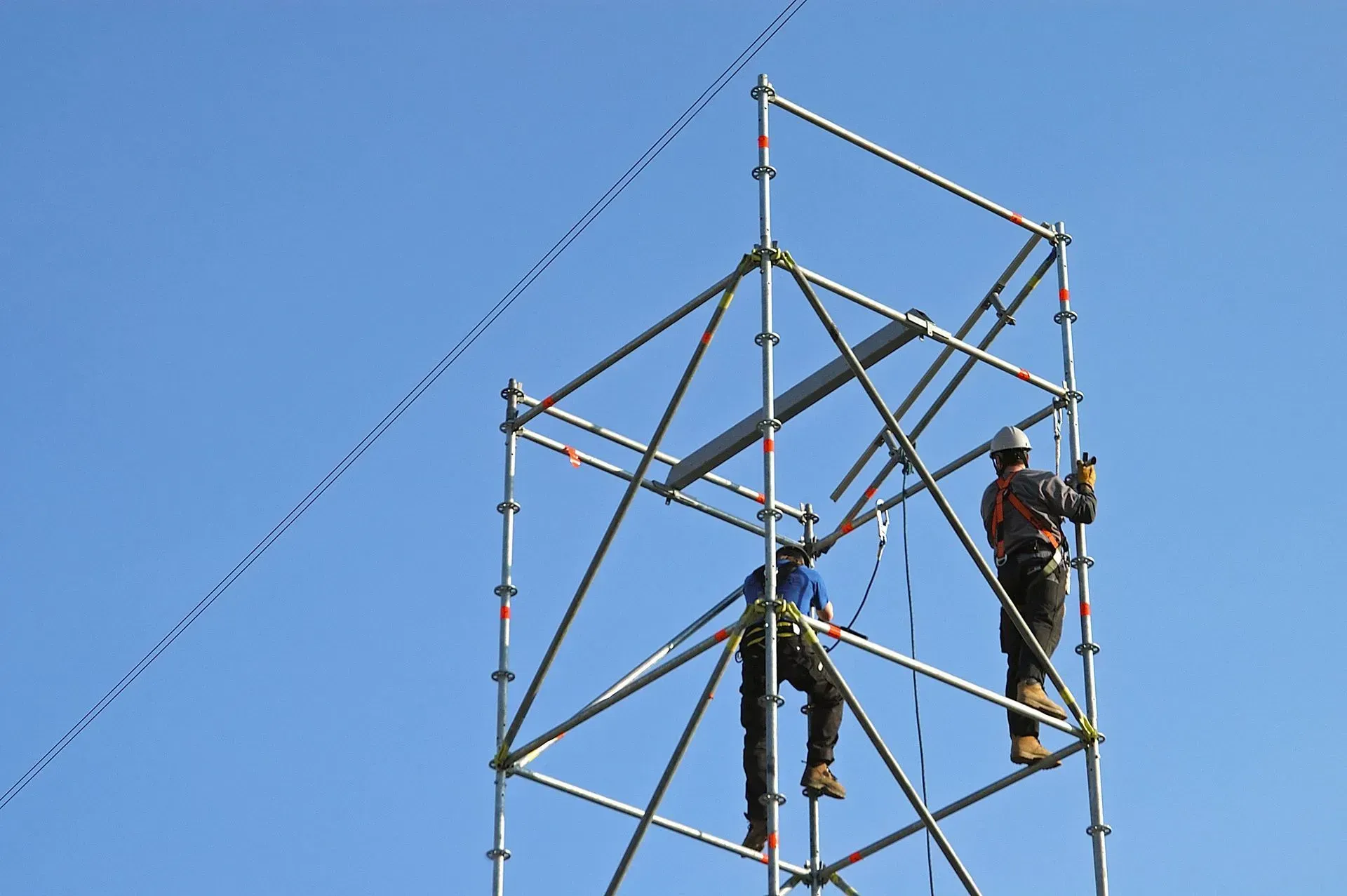
This scaffolding technique is derived from early brick masonry methods in which a log was "placed" through a hole in a building's wall. Putlogs or tubes with putlog adapters are used to tie a putlog scaffold directly into a structure's brickwork.
2. Double Scaffolding
One of the common types of scaffolding used in construction is double scaffolding, which is mainly applied in stone masonry. Because drilling putlog holes into stone walls is often difficult, this system is built to stand independently and provide full support.
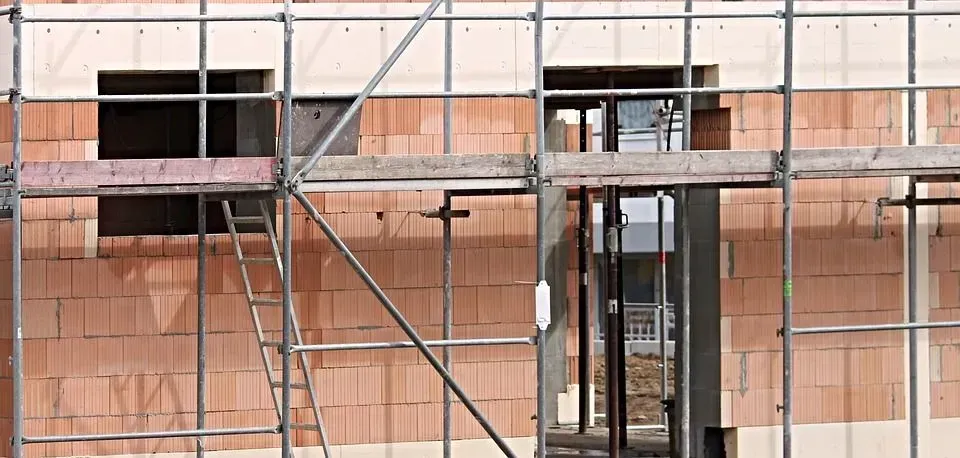
Basically, the first row of the double scaffolding is positioned parallel to the wall while the second row sits away from the first row. The frames are then supported by extra putlog holes, while the scaffolding itself is given extra support using rakers and cross braces.
Cross braces basically secure the different sections of the scaffolding in relation to any other structure, while rakers attach the scaffolding firmly to a building. This setup requires a certain amount of space, making it less suitable to use in urban areas.
Basically, the first row of the double scaffolding is positioned parallel to the wall while the second row sits away from the first row. The frames are then supported by extra putlog holes, while the scaffolding itself is given extra support using rakers and cross braces.
Cross braces basically secure the different sections of the scaffolding in relation to any other structure, while rakers attach the scaffolding firmly to a building. This setup requires a certain amount of space, making double scaffolding less suitable to use in urban areas.
3. Suspended Scaffolding
Another one of the widely used types of scaffolding is suspended scaffolding, commonly seen in building maintenance. It is often used by workers assigned to clean, repair, or paint the interior and exterior surfaces of a structure.
In this method, the working platform hangs from the roof, supported by chains and wire ropes. These can be raised, lowered, or adjusted to the desired level, giving workers flexible access to hard-to-reach areas.
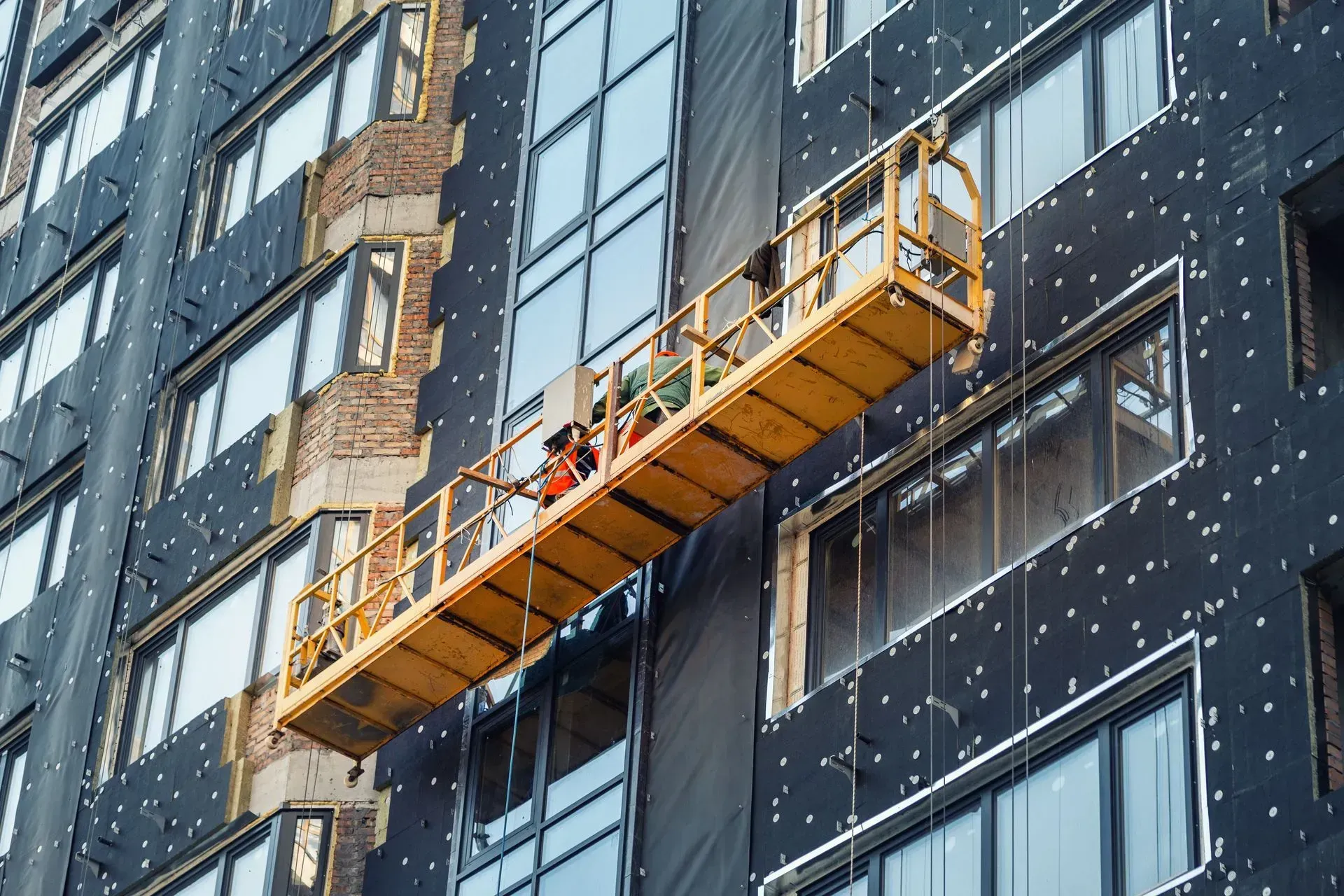
Suspended scaffolding actually has two types but the two-point adjustable suspension scaffolds, also known as swing-stage scaffolds are the most common type.
Operating a suspended scaffolding involves high risk. Thus, before using it, the scaffolder is required to hold a high risk work licence for advanced scaffolding.
4. Cantilever Scaffolding
Within the different types of scaffolding used in construction, cantilever scaffolding stands out for its unique setup. Sometimes referred to as a single frame, this system is supported or fixed only at one end, removing the need for poles and frames at the front of the structure.
In cantilever scaffolding, the standards are usually supported by a chain of needles that are drawn out of the holes in the wall.
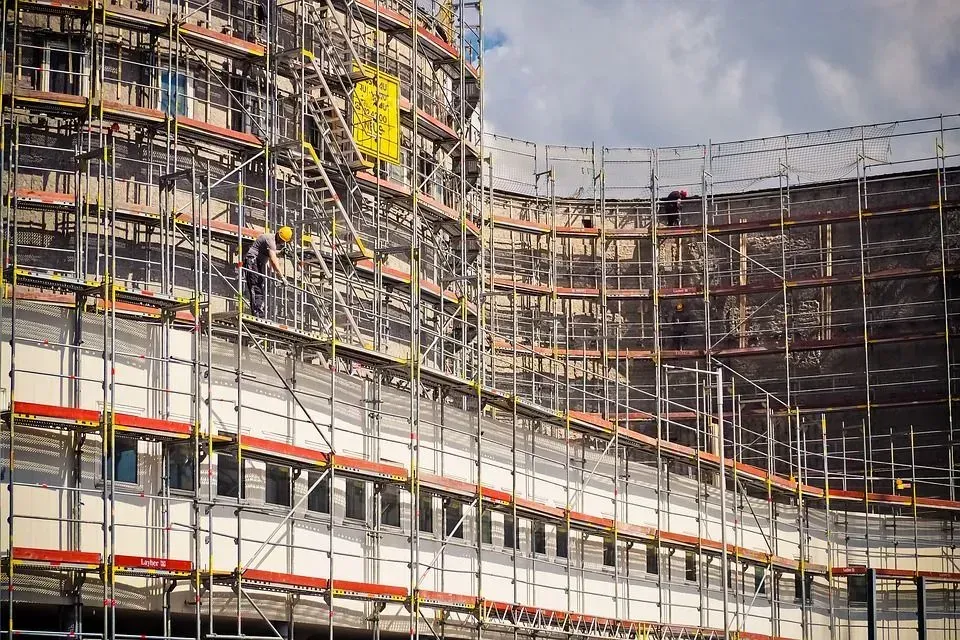
The construction of cantilever scaffolding should be done with caution. Hence, under the mentioned circumstances, the cantilever scaffolding should only be used when:
- the wall's upper portion is under construction
- there is no traffic and the earth ground is close to the wall
- the ground is incapable of supporting the standards
5. Trestle Scaffolding
Among the practical types of scaffolding suited for indoor or light construction tasks is trestle scaffolding. In this system, the working platform is supported by movable ladders or tripods instead of the usual standards.
Trestle scaffolding, including the common "A-frame" and "H-frame" styles, is widely used for general fit-outs, finishing works, and repair projects. It is also a preferred choice for trades such as bricklayers, plasterers, and painters.
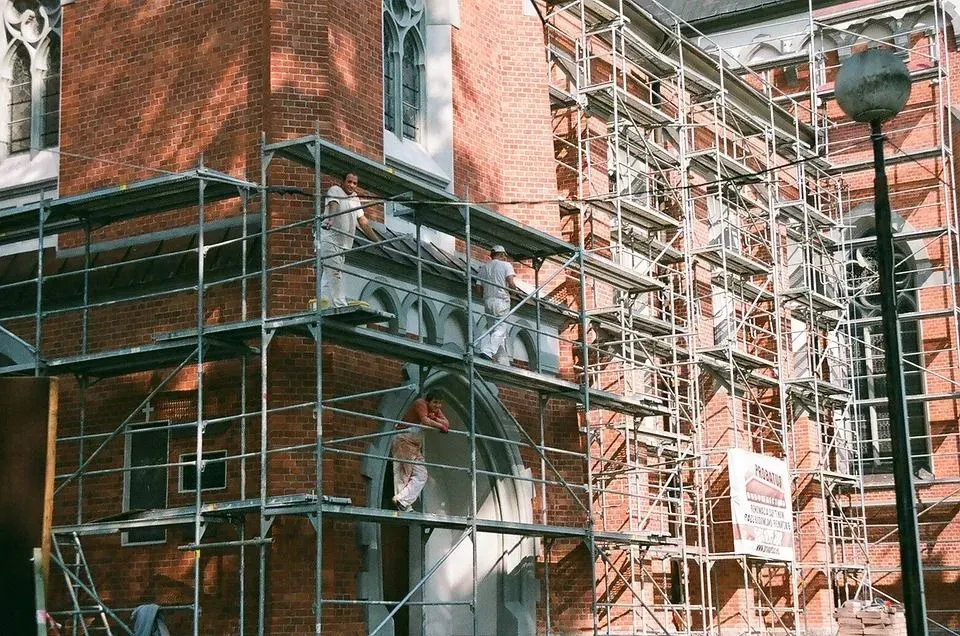
Specifically designed to fit only the indoors, a trestle scaffolding usually stands a limited height of 5 meters.
Aside from the aforementioned, trestle scaffolding is typically used for three major purposes:
- For furnishing - trestle scaffolding is used to build a desk or table
- Trestle scaffolding is used to produce a sturdy top board that workers can use as a work area.
- Trestle scaffolding is used to support small scaffolding construction for work access.
6. Steel Scaffolding
Of the many types of scaffolding available today, steel scaffolding is one of the strongest and most durable options. As the name suggests, it is built using steel tubes, which are joined together with fittings and special couplings to form a solid and reliable structure.
Steel scaffolding is widely used in most construction projects because it is stronger, more fire resistant, more durable and resilient than other scaffolding types.
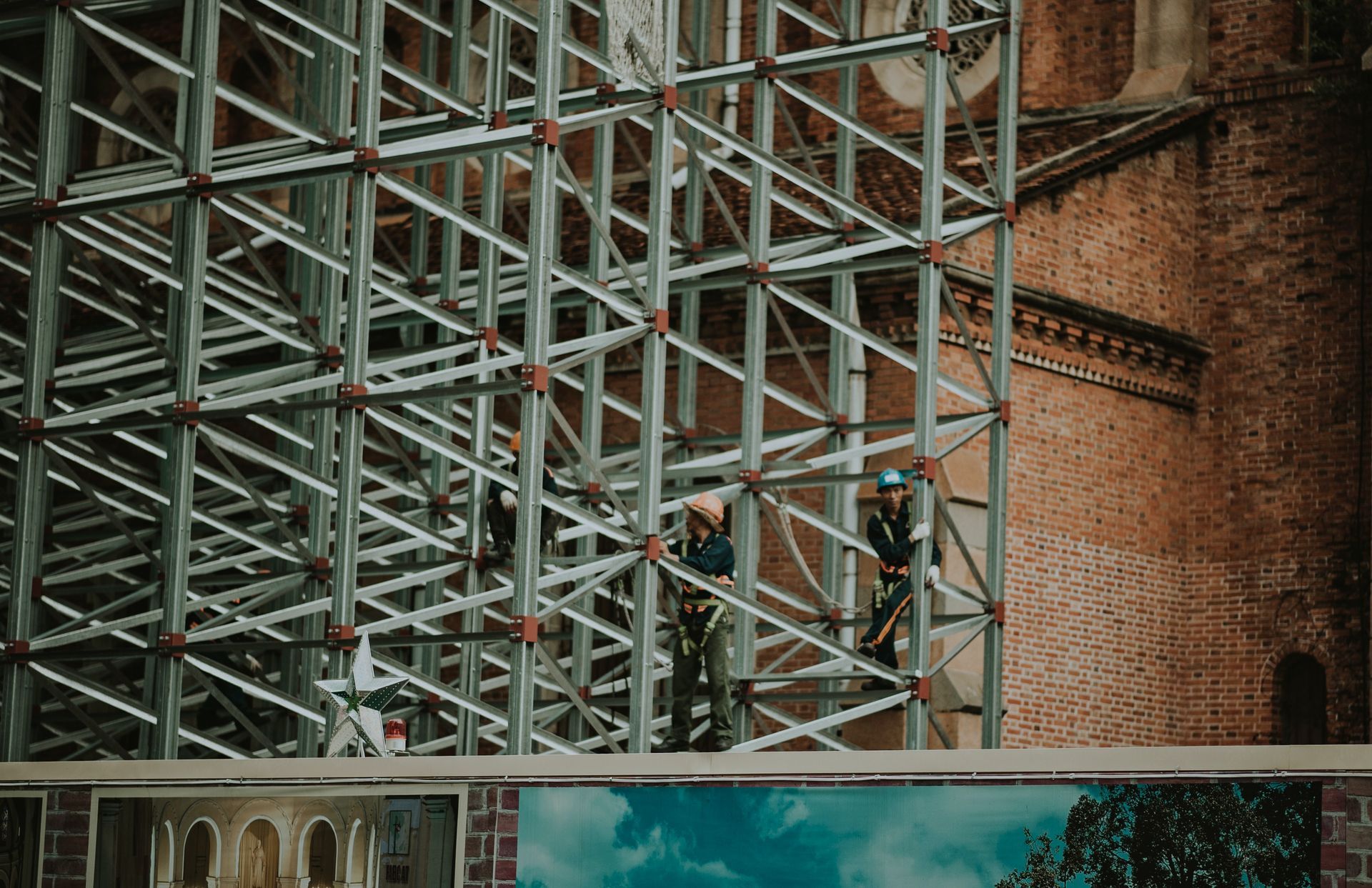
Although it is more expensive, steel scaffolding provides complete safety to construction workers, which is why it is also used in many building projects.
7. Patented Scaffolding
Patented scaffolding represents one of the more modern types of scaffolding. Made from steel combined with other construction materials such as couplings, frames, and prefabricated components, it is commonly used for short-term repair work. Unlike traditional setups, this type of scaffolding is premade and readily available for purchase in the market.
In a patented scaffolding system, the working platform rests on brackets that can be adjusted to suit the required height or level, giving workers flexibility and convenience.
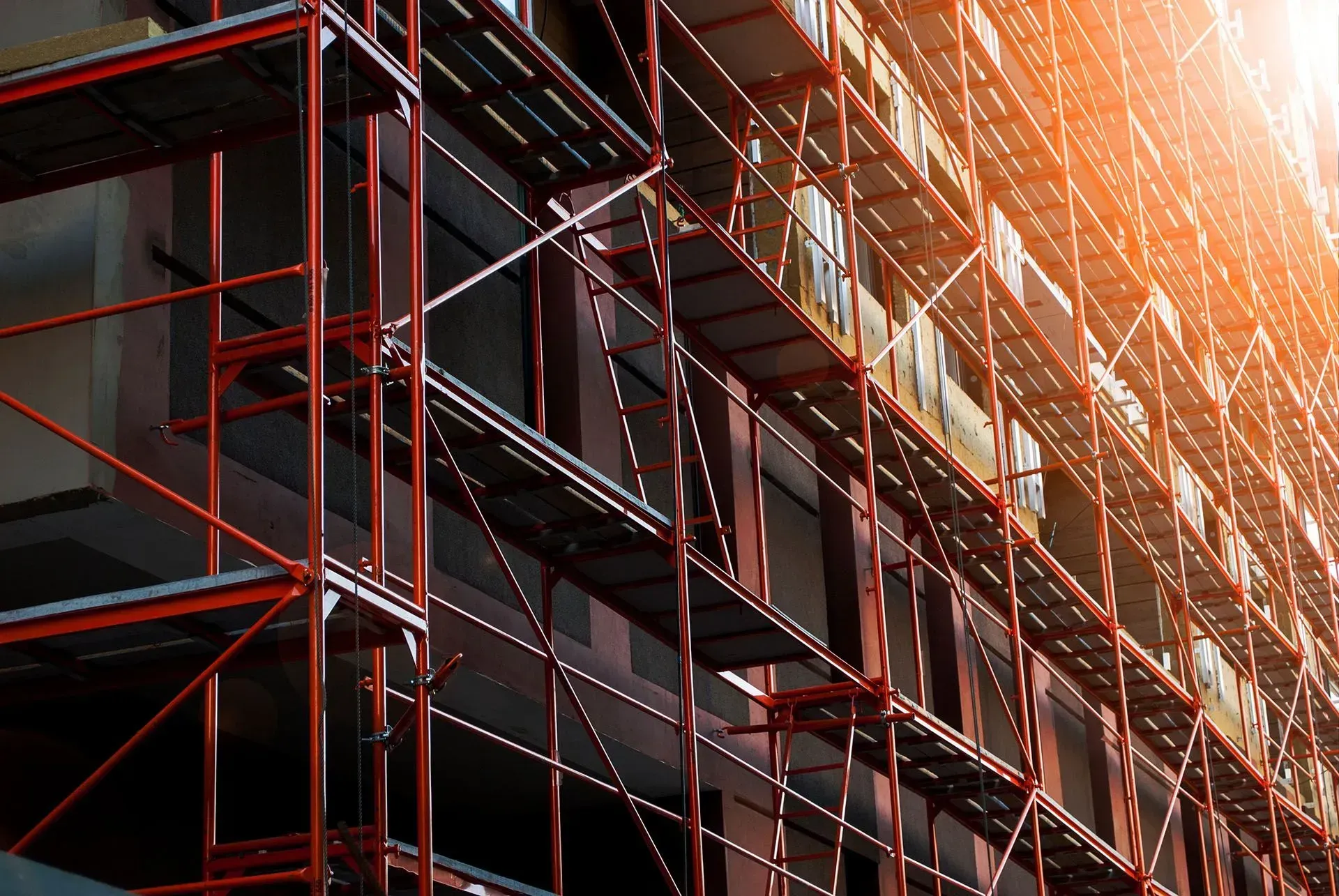
8. Bamboo Scaffolding
Before the introduction of steel and other modern materials, one of the oldest types of scaffolding was built from pre-cut wood or bamboo. Its adaptability and easy availability made it a common choice for many construction projects in the past.
Wooden or bamboo scaffolding, valued for its sturdiness, adaptability, and environmental friendliness, has emerged as one of the most popular choices for construction scaffolding, particularly in Asia where bamboo is widely available.
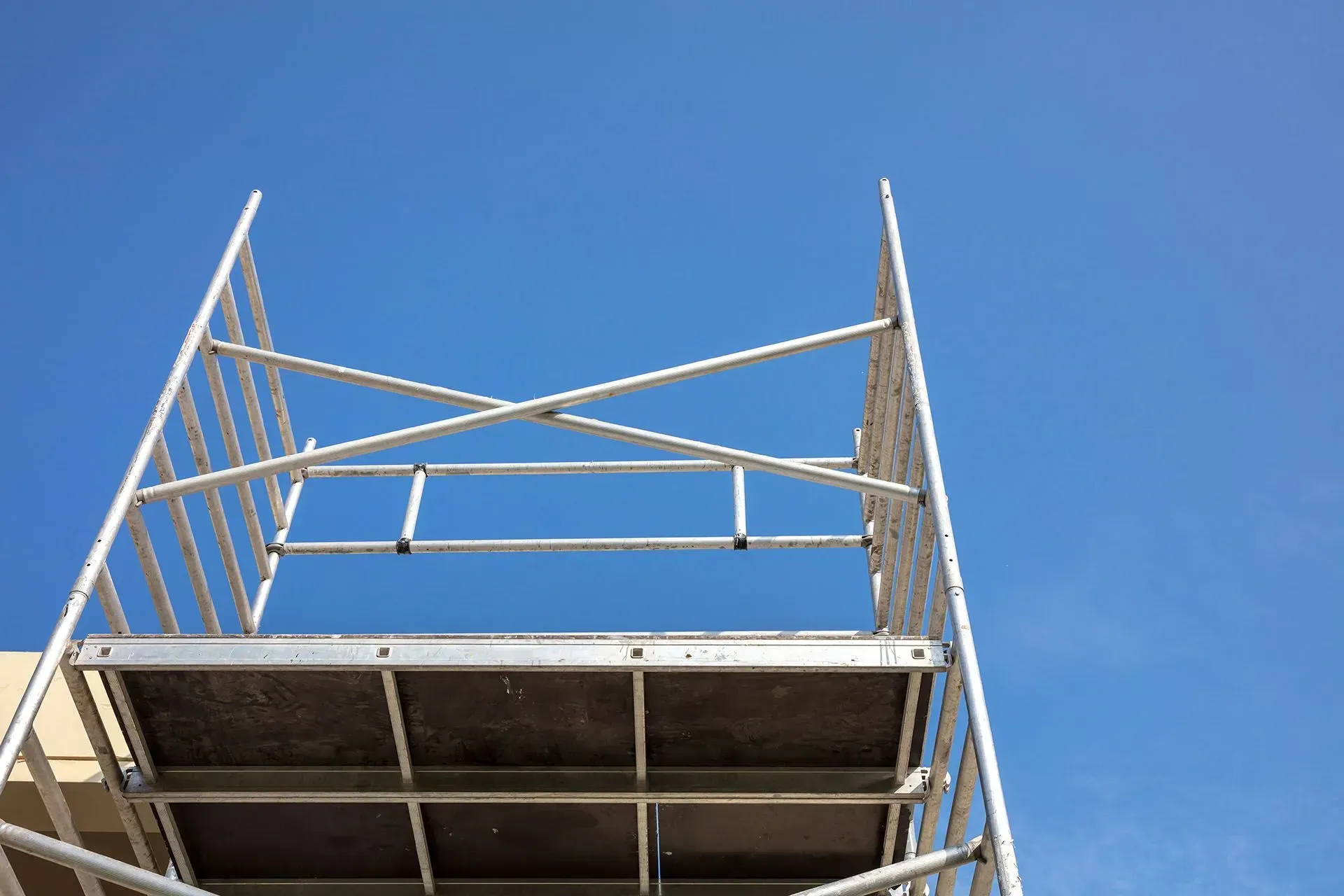
9. Kwikstage Scaffolding
Kwikstage scaffolding is considered one of the most versatile types of scaffolding used worldwide. Known for its multipurpose function, adaptability, and quick assembly, this system is suitable for both residential construction and large-scale industrial projects.
This type of scaffolding is preferred by most Australian designers because they are easy to build and they are reasonably versatile. Consisting only of five components required, Kwikstage scaffolding is easy to put together and take apart.
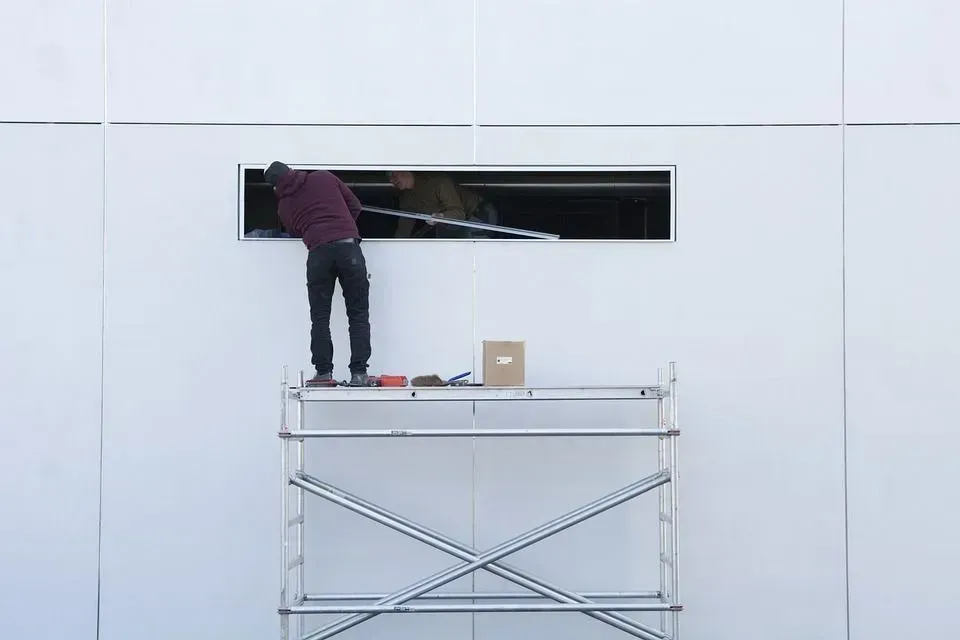
Not only that, but the patented Kwikstage modular system, which uses a strong and safe interlocking system, can be adjusted to any desired height.
In addition, they are also built with construction workers' safety in mind. To ensure that they are dependable and they can support construction workers, an increased inclusion of double guard rails and non-slip platforms are installed.
10. Independent Scaffolding
Independent scaffolding is another of the widely recognised types of scaffolding. Unlike systems that rely on a wall or building for stability, this structure stands on its own. It is set up on both sides of a wall and remains upright without any external support.
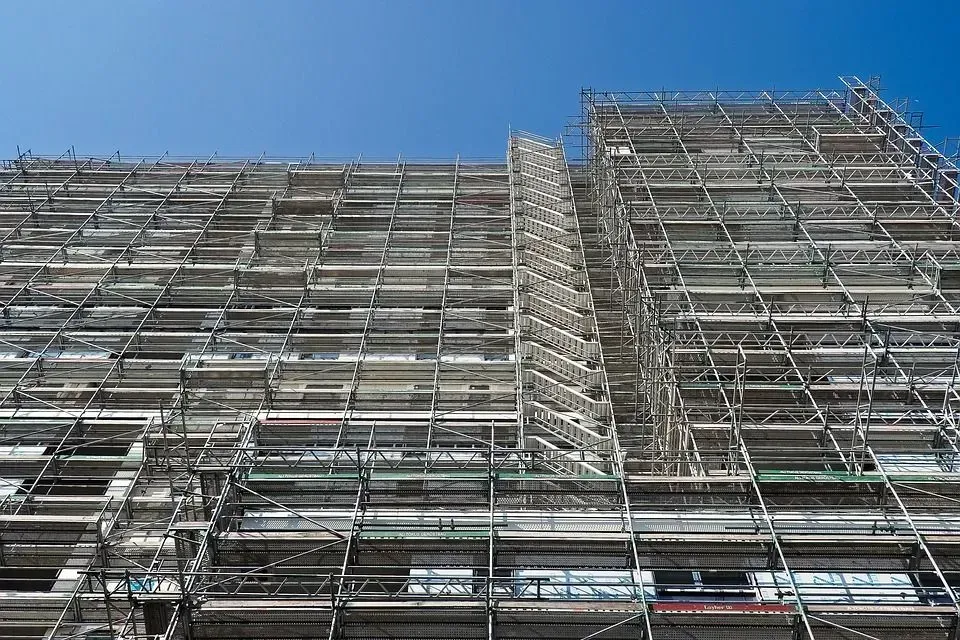
When using independent scaffolding, the scaffold structure is tied for security but does not rely on the building for support. In the case of dependent scaffolding, the building serves as the only source of support for the structure.
Quality Scaffolding Solutions at Crewscaff
Understanding the different types of scaffolding and their importance, along with how they are applied, can guide you in choosing the right type of scaffolding for your building project. Not only will it help finish your tasks easily but it will ensure optimal safety among all construction workers at the job site.
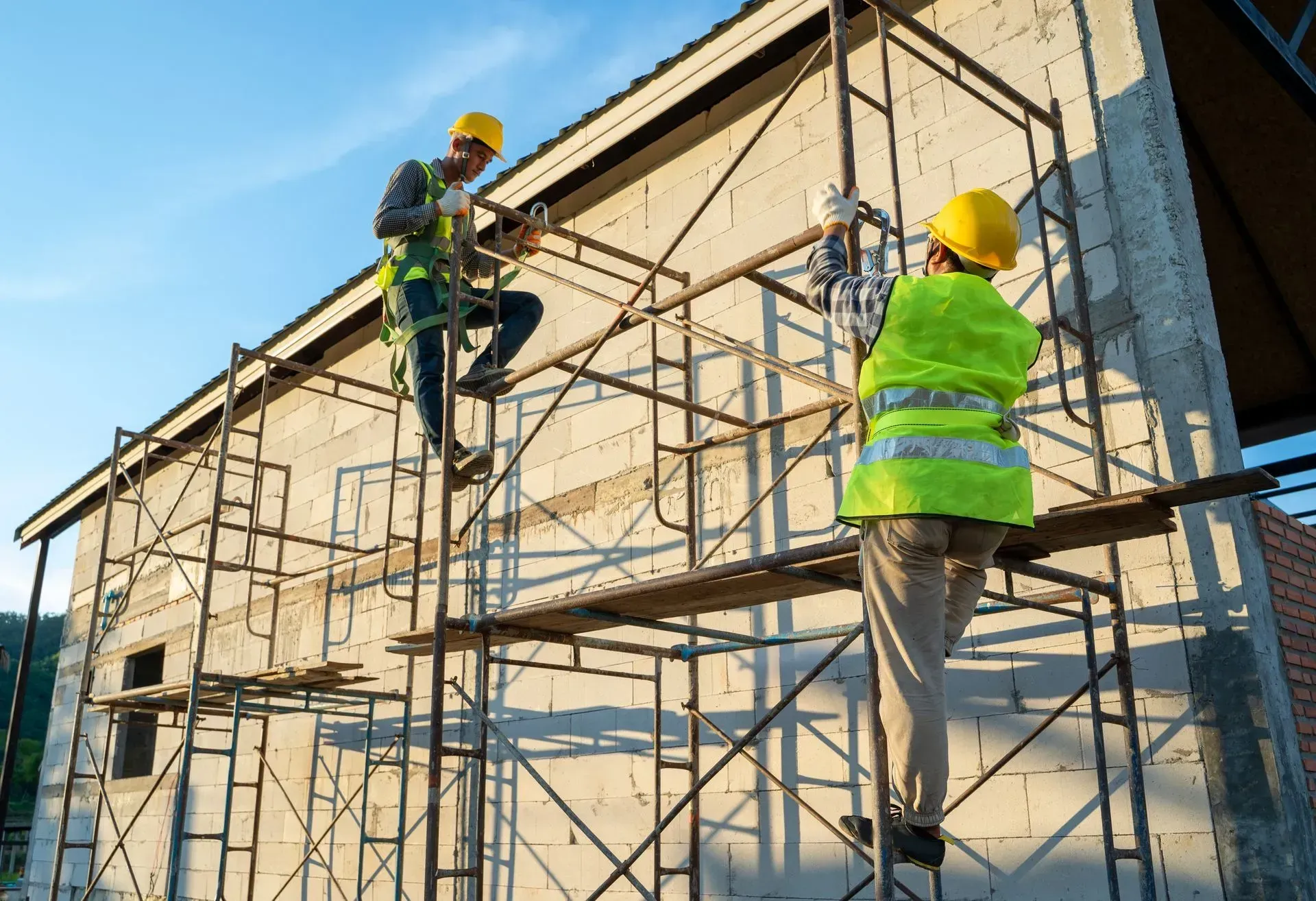
However, if you are still unsure which type to use or are worried about safety on site, it is best to leave it to professionals and hire scaffolding instead. At Crewscaff, we offer superior scaffold services for residential, commercial and industrial projects in Wollongong. Our experienced scaffold hire team knows exactly how to identify the right scaffolding solution tailored to your needs, with on-site safety and security as their topmost priority. Get in touch and let us assist you with all your scaffolding requirements.

